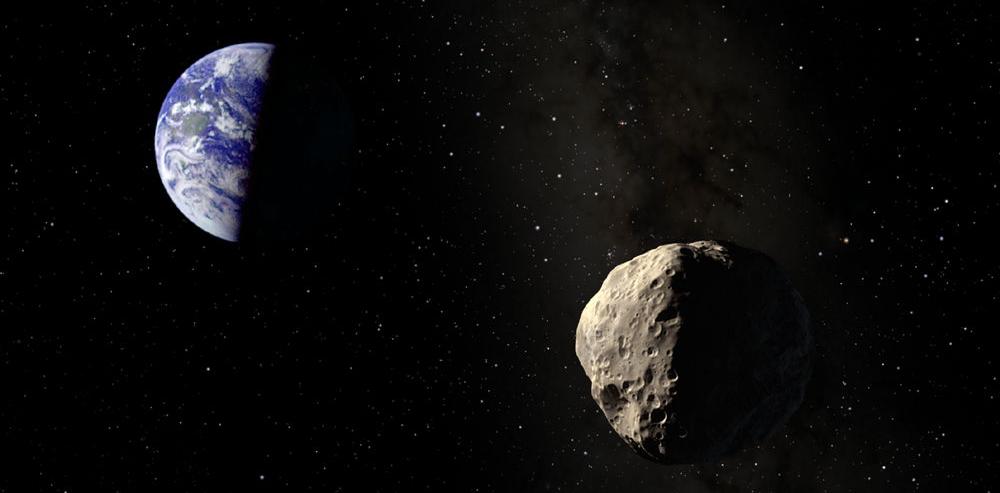Assessing the Asteroid Impact Threat: Are We Doomed Yet?

“Watch therefore, for ye know not the day nor the hour,” could be still an actual description of our ability to predict asteroid threats to Earth.
The sentence from the Bible (Matthew 25:13) sound like a reminder of a vast number of more than 1,500 currently potentially hazardous objects, floating in space, meandering around in the Solar System. Some of them may be destined to pay our planet a close visit someday, unexpectedly, Chelyabinsk-style, as the one that hit Russia in February 2013, causing serious damages and injuring about 1,500 people. Who would have predicted that? Lately, one of the potentially hazardous asteroids, named 2014 UR116, created quite a buzz when various media reported that the 370-wide space rock may hit Earth. Its impact would cause an explosion 1,000 times greater than the Chelyabinsk meteor. But the discoverer of 2014 UR116, Vladimir Lipunov, a professor at Moscow State University, becalms the public. “This asteroid will not collide with Earth during the next 100 years,” Lipunov told astrowatch.net.
Potentially Hazardous Asteroids (PHAs) are space rocks larger than approximately 100 m that can come closer to Earth than 0.05 AU. Currently none of the known PHAs is on a collision course with our planet, although astronomers are finding new ones all the time.
Lipunov said it is difficult to calculate the orbit of big rocks like 2014 UR116 because their trajectories are constantly being changed by the gravitational pull of other planets. He noticed that the scientists can’t say precisely when the asteroid will approach the Earth. “We should track it constantly. Because if we have a single mistake, there will be a catastrophe. The consequences can be very serious,
 Follow
Follow